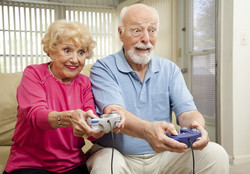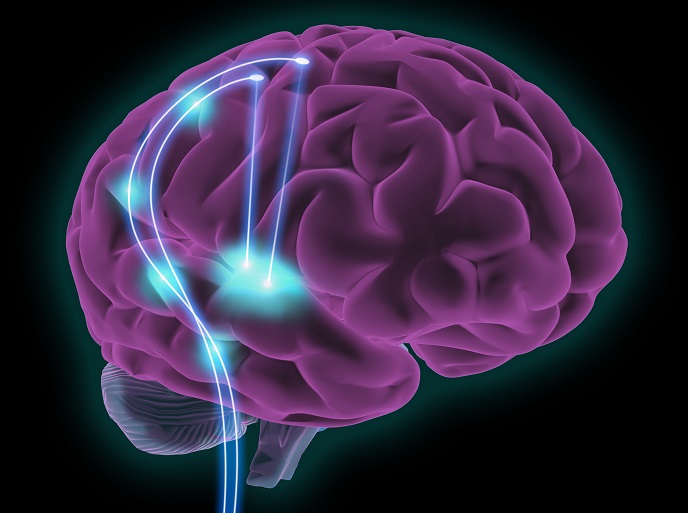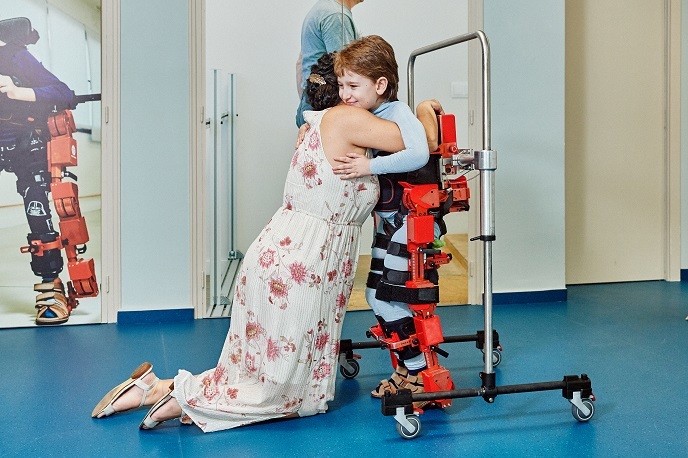Video games for stroke rehabilitation
A stroke occurs when blood flow to an area of the brain is cut off, causing a brain lesion. The resulting weakness or paralysis on the side of the body opposite to the brain lesion considerably reduces stroke sufferers' quality of life. While regular physical activity helps stroke patients to recover and may prevent further strokes, studies show that many patients are not active enough. In the EU-funded VR STROKE REHAB (Virtual reality intervention for stroke rehabilitation) project, scientists assessed how video game therapy may help stroke patients to become more active. Patients split into groups either played video games (the 'virtual reality' group) or were given traditional exercises using balls, blocks and cones (the 'traditional' group). After analysing results from these trials, researchers concluded that playing video games in a group fostered friendly competition and more animated participation than traditional exercises. In addition, patients playing video games moved more actively and purposefully than those exercising conventionally. Although both virtual reality and traditional groups improved with their respective therapies, those playing video games had more fun – an important aspect of compliance. To see whether video games would also work for individuals at home, researchers assessed self-training programmes where patients either played video games or exercised traditionally. Again, while an overall improvement was seen for both groups, the gamers reported higher exertion while standing, which improved their balance. VR STROKE REHAB has shown that video games can provide a new and enjoyable way for recovering stroke patients to keep active.
Keywords
Video games, stroke, stroke rehabilitation, virtual reality







